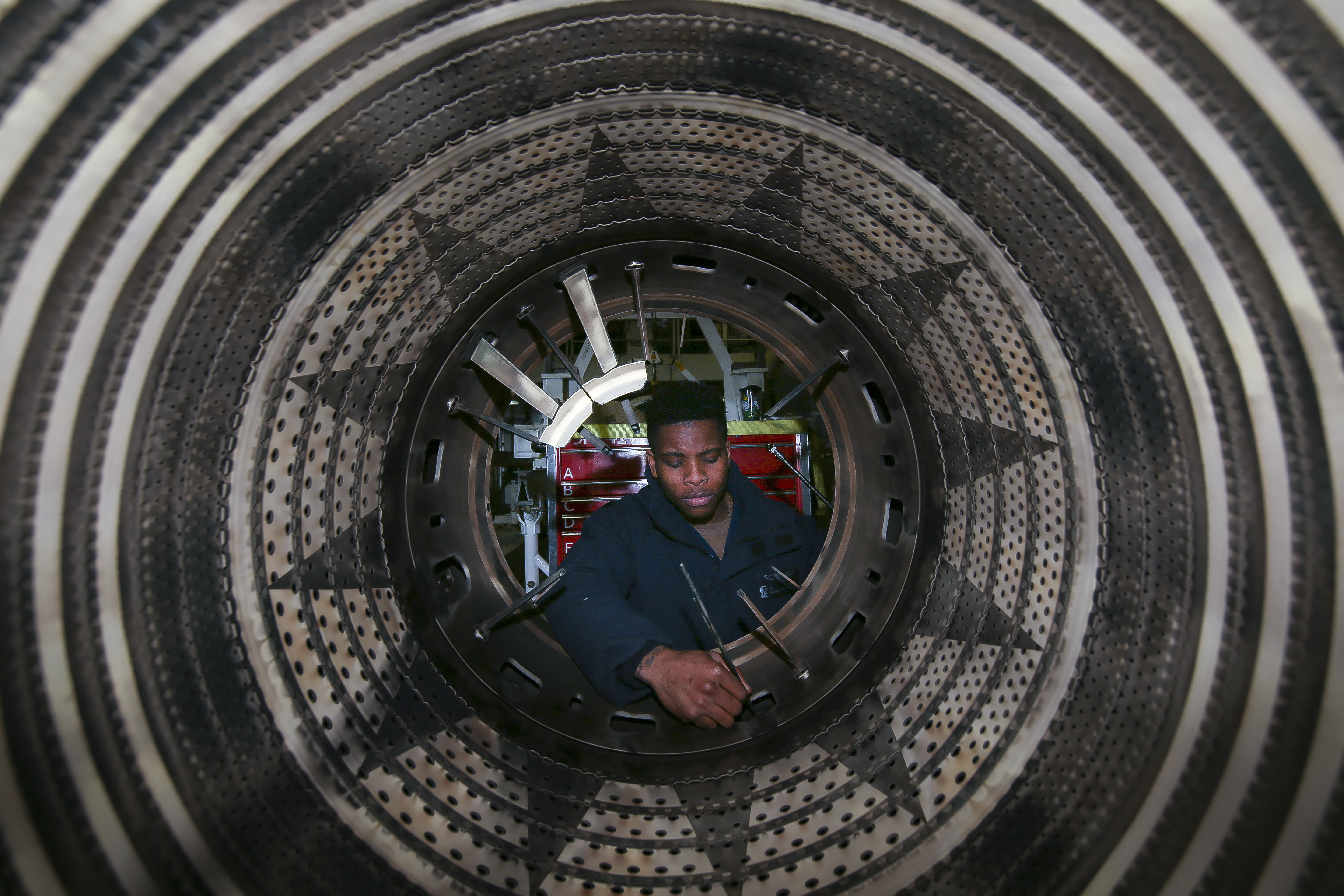
Mission Capable: How the Navy Harnessed Its Data to Achieve 80% Fighter Readiness
This post is the first in a two-part series on the naval aviation community’s effort to build better readiness and…
Copyright 2024 U.S. Naval Institute. All Rights Reserved.